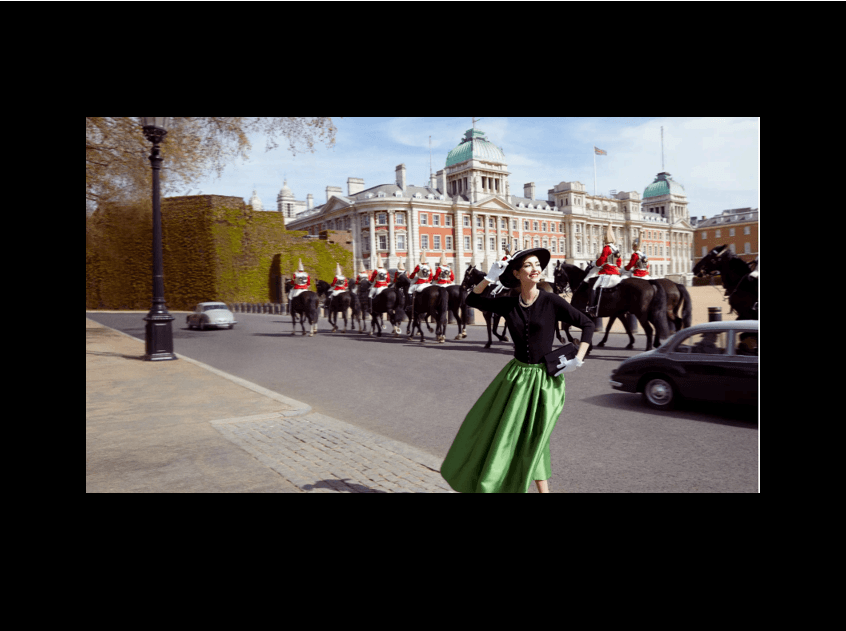As I investigated our Friday ‘London executions’ post I came across several articles/sites providing details of ‘causes of death’ in the 17th and 18th century (1632, Aug 1665, 1720-1721). I found many of the listed names of the cases of death to be truly fascinating, bizarre and baffling. I was unable to decide on my favourite (if that’s the right word ?) although ‘planet-struck’, dead in the street, bit with a mad dog, water in the head, teeth and ‘rising of the lights’ take some beating. Many of the causes are recognisable today, however some are not and need an explanation, a selection below:
- Bloody Flux: horribly descriptive term for Dysentery
- Evil: a form of tuberculosis
- French Pox: syphilis
- Head-mould-shot: injury/disease of the bones of the skull
- Mortification: death caused by Gangrene/similar diseases
- Planet Struck: ‘sudden death’ that some believed had an astrological connection with the planets
- Rising of the Lights: lights seems to have been a Middle English word for the lungs and rising of the lights refers to some form of lung disease
- Anthony’s Fire: this appears to have been particularly horrible. It was caused by eating grains such as rye, that had been infected by a fungus with the name of Claviceps purpurea. Symptoms included a burning feeling in the extremities of the body (hence the use of the word Fire in the name), along with sores, hallucinations and convulsions. St. Anthony comes from monks dedicated to the saint who offered help to sufferers
- Strangury: symptom was painful urination, some form of bladder disease
- Teeth: Nothing to do with your teeth, this appears to have been how the death of a child was recorded when they were teething
- Tissick: death following a cough due to some form of lung disease













